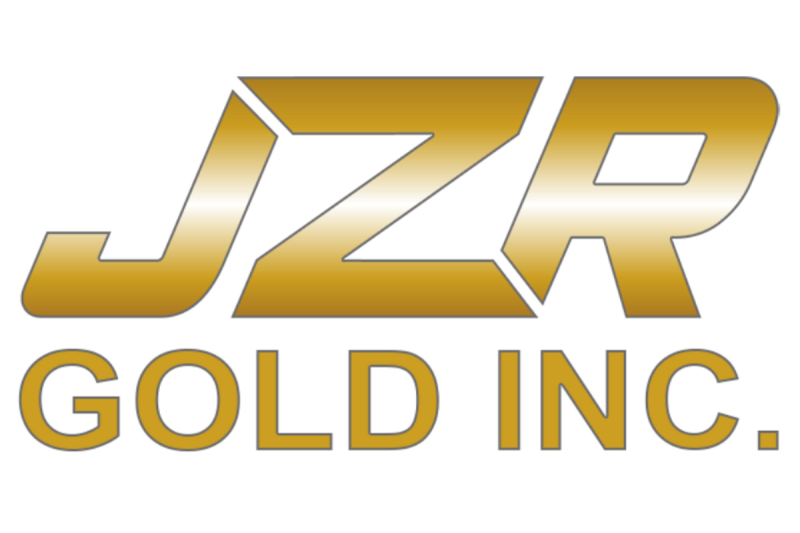Zero Cost (Costless) Collar Explained


The Costless Collar Explained In Detail
The simplest protection method is to purchase puts – usually placed out of the money – enabling the sale of the stock at a predetermined price.
However this insurance comes at a cost: the put option premium paid. To offset this an out of the money call can be sold for a similar price, thus creating the ‘zero’ (net) cost collar.
However there is a payoff – as ever in options trading – as the sold call limits the upside to be enjoyed from the stock held.
Zero Cost Collar Example
Suppose an investor owns 100 IBM shares, valued at $140 per share. Here’s their profit and loss:

Stock P&L Diagram
They are concerned about the risk of their position – their potential loss is, in theory, 100% – and so decide to limit this risk by purchasing a 130 put option contract for $5 per share.
Here’s the new P&L:

Notice how this limits their loss to $15 a share (if the stock falls below $130).
But the $5 put premium has caused the position’s breakeven to rise from $140 to $145. In other words the stock has to rise from its current $140 to $145 to cover the cost of the option protection.
To offset this cost they decide to sell an out of the money 150 call option for $5 (this is a simplified example).
This offsets the purchased put option cost – but means that should the stock rise above $150 it will be ‘called’ away. In other words they would not enjoy any gain above $150.
The new P&L is:

Profit & Loss: Costless Collar
This is the zero cost, or costless, collar. Both the upside and downside have been limited, to $10 either way.
Pros Of Zero Cost Collars
The downside of a stock position can be protected at zero net cost.
Collars are particularly popular with Company Executives with large portfolios of stock held in trust (ie they can only access it after several years). A costless collar can be used to ‘fix’ the future value of the stock to within a narrow band, thus providing certainty of future payouts.
Unlike many other options spreads an investor will still receive dividends given they own the stock.
Cons Of Zero Cost Collars
The main downside is the limited upside of the stock position once a collar has been put on.
The spread is also complex and involves two options position – this, potentially, incurring significant transaction costs.
It is also unlikely that premiums of suitable puts and calls will be equal as in our example. Indeed out of the money puts often have relatively high implied volatility and hence price and therefore there may be small cost to the position after all.
Conclusion
By setting up the zero cost collar, a long term investor forgoes any profit if the stock price appreciates beyond the strike price of the sold call. In return, maximum downside protection is assured. As such, it is a good options strategy to use especially for retirement accounts where capital preservation is paramount.
About the Author: Chris Young has a mathematics degree and 18 years finance experience. Chris is British by background but has worked in the US and lately in Australia. His interest in options was first aroused by the ‘Trading Options’ section of the Financial Times (of London). He decided to bring this knowledge to a wider audience and founded Epsilon Options in 2012.



